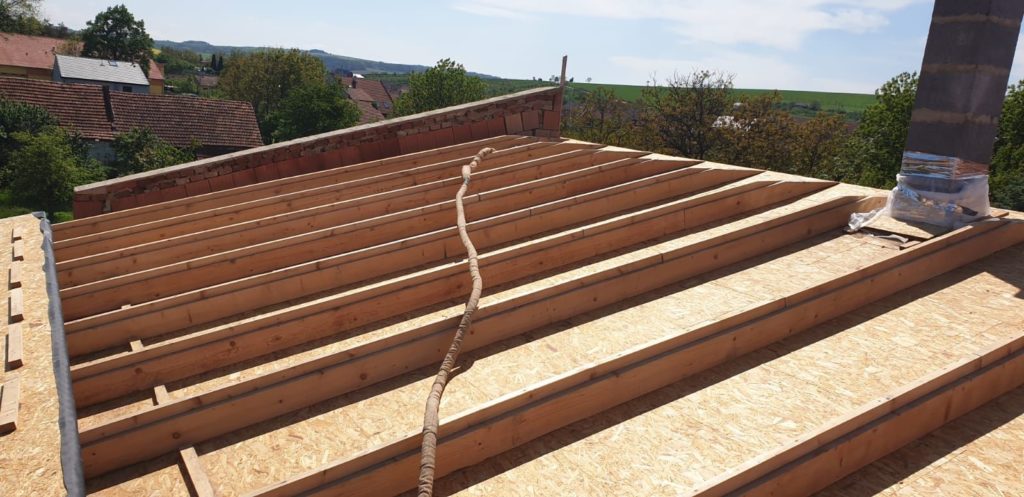In the ever-evolving realm of interior design, the materials we choose play a pivotal role in shaping not only the aesthetics but also the functionality and sustainability of our spaces. As we move further into the 21st century, a wave of new materials is emerging, driven by technological advancements, environmental considerations, and a desire for unique, personalized spaces. This article delves into some of the most exciting new materials in interior design, exploring their properties, applications, and the transformative impact they have on our living and working environments.
- Biodegradable Materials: A Sustainable Future
As sustainability becomes a cornerstone of modern design, biodegradable materials are gaining traction. These materials, which can decompose naturally without harming the environment, include options like mycelium, bamboo, and organic composites. Mycelium, the root structure of mushrooms, is particularly noteworthy. It can be grown into various shapes and forms, making it an excellent candidate for furniture and decorative elements. Its lightweight nature and natural fire resistance add to its appeal, while its ability to absorb carbon dioxide during growth makes it a champion of sustainability.
- Smart Materials: The Intersection of Technology and Design
The integration of technology into interior design has birthed a new category of materials known as smart materials. These materials can respond to environmental changes, enhancing both comfort and functionality. For instance, thermochromic and photochromic materials change color in response to temperature and light, respectively. Imagine walls that shift hues based on the time of day or furniture that adapts to the ambient temperature. Such innovations not only create dynamic spaces but also contribute to energy efficiency by reducing the need for artificial lighting and climate control.
- Recycled and Upcycled Materials: Creativity Meets Responsibility
The push for circular economy practices has led to a surge in the use of recycled and upcycled materials in interior design. Designers are increasingly sourcing materials from post-consumer waste, such as reclaimed wood, recycled glass, and repurposed textiles. These materials not only reduce landfill waste but also add character and history to spaces. For example, reclaimed wood beams can serve as stunning focal points in a room, while recycled glass tiles can create vibrant mosaics that tell a story of sustainability and creativity.
- 3D-Printed Materials: Customization at Its Best
3D printing technology has revolutionized the way we approach materiality in interior design. This innovative method allows for the creation of bespoke furniture and decor items tailored to individual preferences and spatial constraints. Designers can experiment with complex geometries and intricate patterns that would be impossible to achieve through traditional manufacturing methods. Materials such as PLA (polylactic acid) and PETG (glycol-modified PET) are commonly used in 3D printing, offering durability and versatility. The ability to customize shapes, sizes, and colors opens up a world of possibilities for creating unique, personalized interiors.
- Acoustic Materials: Enhancing Sound Quality in Design
As urban living spaces become more compact, the need for effective sound management has become paramount. Innovative acoustic materials, such as sound-absorbing panels made from recycled textiles or bio-based foams, are being integrated into interior design to enhance sound quality and reduce noise pollution. These materials not only improve the auditory experience within a space but also contribute to a more tranquil and comfortable environment. Designers are now able to create aesthetically pleasing solutions that blend seamlessly with the overall design while addressing acoustic challenges.
Conclusion: The Future of Interior Design Materials
The landscape of interior design is undergoing a significant transformation, driven by the introduction of new materials that prioritize sustainability, technology, and personalization. As designers continue to explore innovative options, the potential for creating functional, beautiful, and environmentally responsible spaces is limitless. By embracing these new materials, we can not only enhance the aesthetic appeal of our interiors but also contribute to a more sustainable future. As we look ahead, it is clear that the materials we choose will play a crucial role in shaping the spaces we inhabit, reflecting our values and aspirations in an ever-changing world.


